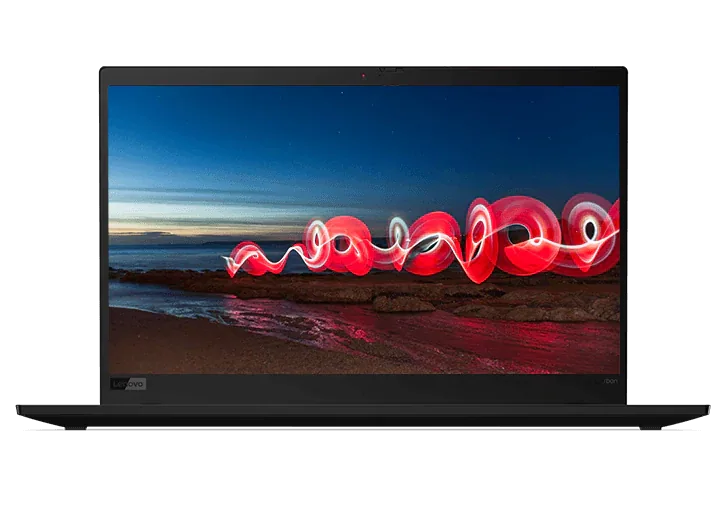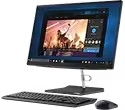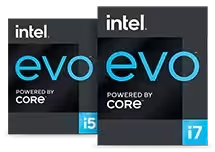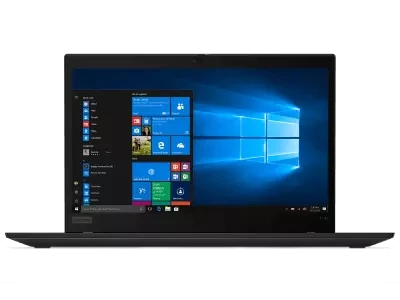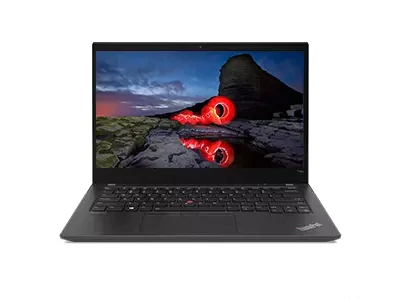How to Install Kali Linux
Looking to install Kali Linux? It’s not surprising. Kali Linux is widely praised for its capabilities in information security and data forensics. In this article, we’ll review some basic facts about the Kali distribution and introduce you to one simple way to install it.
Created by the group Offensive Security in 2013, Kali Linux – based on Debian – is highly popular with information security professionals and so-called ethical hackers. The Kali OS core and more than 600 associated software tools and utilities are fine-tuned for tasks such as penetration testing (simulating cyber-attacks) and data auditing/forensics. Kali fits in the same category as ArchStrike, Backbox and other security-focused Linux distros.
Kali isn’t for beginners. Like any Linux OS, you can use it to run your PC, launch a web browser, or type a business document. But the focus of Kali Linux is advanced information security. If that’s what you’re looking for, keep reading to learn how to put Kali on your PC.
IMPORTANT: The instructions presented here are high-level and abbreviated compared to those provided by each Linux distributor. They’re meant only to help you decide if you’re capable of installing Linux on your PC. If you proceed, use the instructions provided by your Linux distributor. Lenovo is not responsible for any problems that occur if/when you install.
Things to do before installing Kali Linux
Before you begin, back up and save all the important data on the PC where you’ll install Kali Linux. Single-boot installs like that described here will wipe the entire hard drive, and while there are options to install Kali using only unused disk space, errors can happen. Better safe than sorry.
You also need to be sure your system will support Kali Linux. The Linux OS doesn’t demand much in terms of resources, but Kali – like all distros – has some minimum requirements (these were effective in early 2021):
Kali Linux – Supported platforms:
- amd64
- i386
- ARM
Kali Linux – System resources:
- Basic server shell (no desktop or software):
- 128 MB RAM (512 advised)
- 2 GB disk space
- With standard desktop and software tools:
- 2 GB RAM
- 20 GB disk space
The installation steps described here also require a writable CD/DVD drive or USB drive and appropriate media on which to save the downloaded ISO and other files. [Network install options are available but not described here.] You may also need a hypervisor such as Linux KVM, Oracle VirtualBox or Xen to help you create and manage the Virtual Machine (if used), and a utility to create bootable USB media (Etcher, Rufus, usbimager, etc.).
Installing Kali Linux (single-boot)
Installing Kali Linux is simple. Depending on your level of knowledge, you can choose from guided and manual installation options. The steps we describe here are high-level and do not address every option. Naturally, complete details are available at the Kali website, Kali.org.
The installation process described here is a single-boot one – meaning you want Kali Linux to be the only OS on your PC. The Kali installation software will give you additional options, including dual-booting to either Linux or another OS such as Windows, but these steps are not listed in this article.
Download the Kali ISO & change boot order
Start by downloading the Kali Linux ISO package from Kali.org. As of early 2021, you can choose from “Kali Linux ISO” for CD/DVD media or “Kali Linux Live” for USB media. Copy the files to CD/DVD or use one of the above-described utilities to image the files to bootable USB.
Next, depending on your chosen media, set your system to boot from either the CD/DVD drive or USB drive, so the Kali ISO and bootloader can be activated in the next step. See How to Install Linux for more on changing the boot order, whether by using a special key combination to enter Setup mode or by editing the BIOS file.
Configure and initiate the Kali installation
To configure and initiate the Kali installation, follow the instructions on the Kali website. For now, here’s a high-level look at the steps* required to install the downloaded ISO package:
*At various points, you’ll be prompted to choose your language, location, keyboard type, time zone, and so on. To keep things simple, we do not list each of these steps in the list.
- Boot your system. The Kali installer will be recognized, and the process will begin.
- Choose your installation method: graphical or text-based. [There’s a third option for live installs, but that’s not described here.]
- Enter your system hostname for networking.
- Create your initial user account(s) and password(s).
- Choose how to configure and partition your disk: This is where you choose a basic single-boot environment (wipes disk) or one of the other options not described here (including a dual-boot option that attempts to install Kali on biggest area of available free disk space).
- Choose guided or manual installation (based on your skills and abilities).
- If desired, you can encrypt Kali Linux so a password is needed to launch it.
- Designate the disk on which to install Kali.
- Confirm your selections and – when ready – choose Continue. This initiates the partitioning process and installs the Kali OS core but not the desktop environment, metapackages, and so on.
Depending on your selections in the steps above, you may be instructed to take additional steps at this time. This can include choosing encryption passwords, entering HTTP proxy information, etc.
Finish installing Kali Linux
With the Kali OS core installed, next you’ll choose the metapackages to install, including the Linux desktop (by default, it’s XFCE, but you can choose others, such as Cinnamon or something else). Metapackages are curated collections of Linux applications – in the case of Kali, this includes the 600+ security tools and utilities that have made the distro is famous.
You’ll also be asked whether to install the bootloader within the primary disk partition – doing so will mean the Kali OS you just installed there will automatically load every time you turn on your PC. You’ll skip this selection in a dual-boot scenario (so you can choose which OS to load each time).
Finally, reboot your PC. Based on the choices you made above, it should immediately launch Kali Linux – ready to use.
You may now proceed to typical post-installation steps. Examples include checking for the latest OS upgrades, changing default passwords, and perhaps saving a system snapshot for easier backup and recovery if needed later.
Lenovo Linux laptops, computers and workstations
Lenovo now offers a wide selection of ultra-reliable Think-brand laptops, desktops and workstations with the Linux OS preinstalled. Have the reliable portability of the latest ThinkPad laptop or mobile workstation, or the brawny business power of a ThinkCentre desktop – now with select models of each featuring the Linux OS right out of the box.
Browse all of our latest Linux laptops and computers today.
